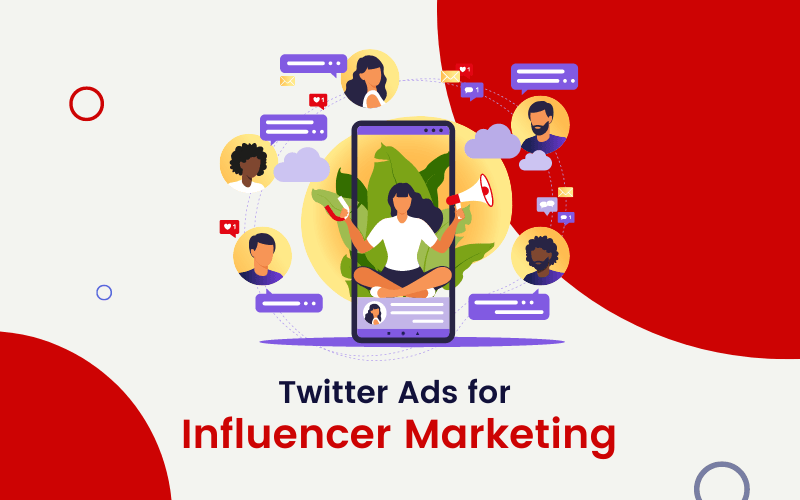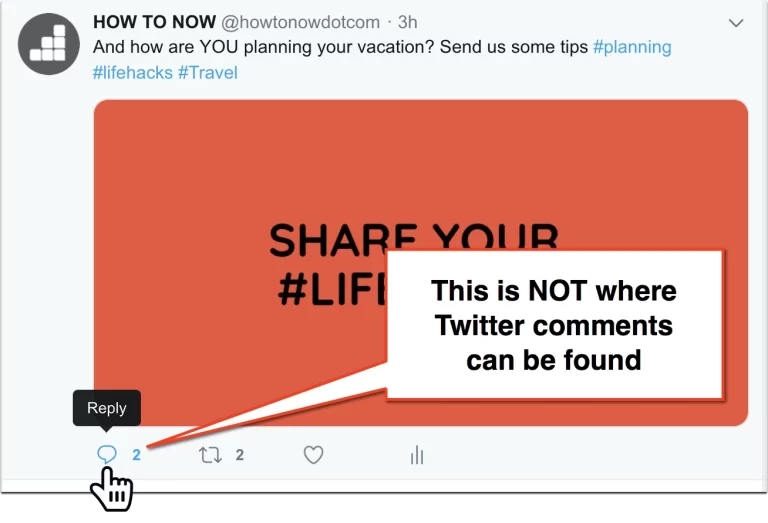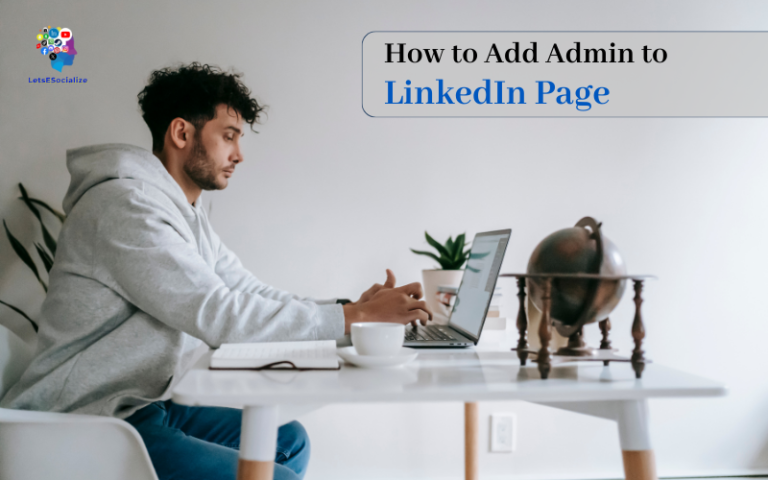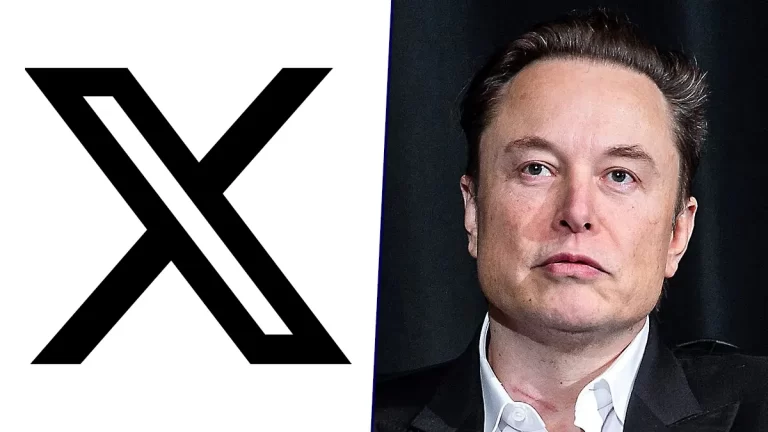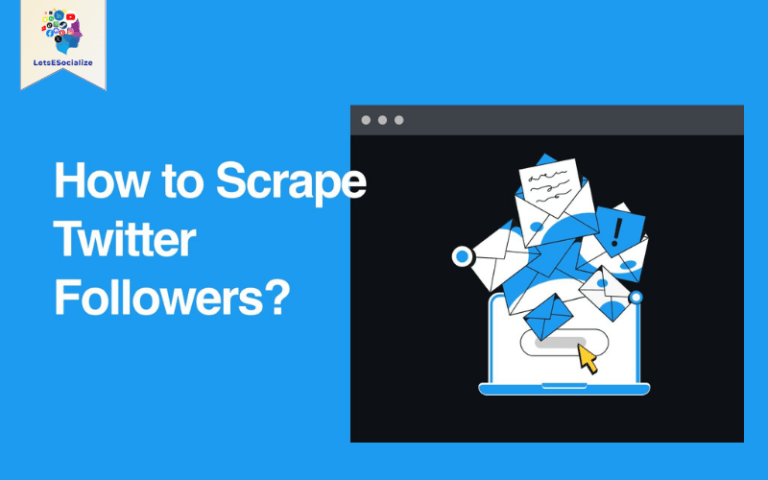Influencer marketing has become an extremely popular and effective marketing strategy for brands looking to reach targeted audiences. With over 300 million monthly active users, Twitter offers a huge opportunity for brands to connect with influencers and leverage their audiences.
Twitter Ads can be a powerful tool to amplify influencer marketing campaigns and help brands achieve their goals. This comprehensive guide will explore how brands can use Twitter Ads to supercharge their influencer marketing efforts.
Table of Contents
Overview of Influencer Marketing
Before diving into how to use Twitter Ads for influencer marketing, let’s first establish what influencer marketing is and why it has become vital to many brands’ marketing strategies.
Influencer marketing involves collaborating with influential social media users with engaged audiences in your niche. The influencers promote your brand and products to their followers, leveraging their credibility and relationship with their audience to influence their opinions and purchase decisions.
Here are some key stats on the rise of influencer marketing:
- The global influencer marketing industry is predicted to grow to $13.8 billion in 2021. (Influencer Marketing Hub)
- 89% of marketers say influencer marketing is an effective form of marketing. (Influencer Marketing Hub)
- 49% of consumers rely on influencer recommendations for purchasing decisions. (Influencer Marketing Hub)
- Influencer marketing generates 11X higher return on investment than traditional forms of digital marketing. (Tomoson)
- 92% of consumers trust recommendations from other consumers over branded Content. (TapInfluence)
Influencers have built strong relationships and engagement with their followers through shared Content. Audiences look to them for recommendations, opinions, and insights. Partnering with relevant influencers allows brands to leverage their unique expertise, perspective, and engaged communities.
There are several types of influencer tiers based on their number of followers:
- Mega-influencer: 1 million+ followers
- Macro-influencer: 100,000 – 1 million followers
- Mid-tier influencer: 50,000 – 100,000 followers
- Micro-influencer: 5,000 – 50,000 followers
- Nano-influencer: fewer than 5,000 followers
While mega-influencers have a huge reach, micro and nano-influencers often have higher engagement rates and may better fit niche brands.
No matter what level of influencer a brand partners with, the goal is to leverage their credibility to:
- Raise brand awareness and visibility
- Drive traffic and leads
- Increase sales and conversions
- Improve brand sentiment
- Connect with new audiences
Now that we’ve covered the basics of influencer marketing let’s look at how Twitter Ads can supercharge influencer campaigns.
Benefits of Using Twitter for Influencer Marketing
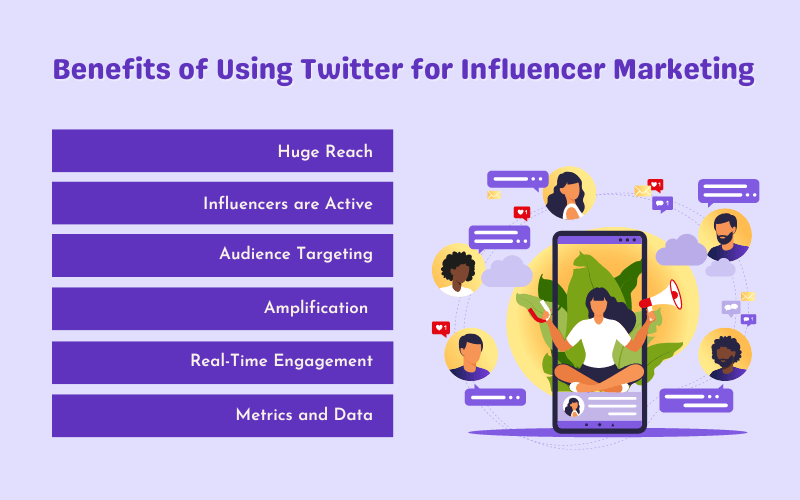
With its massive user base and popularity among celebrities, thought leaders and industry experts, Twitter is a prime platform for influencer marketing.
Here are some of the benefits Twitter offers:
Huge Reach
With 330 million monthly active users, Twitter provides access to a massive audience. 73% of Twitter users use the platform to get their news, so there is great potential to reach engaged followers.
Influencers are Active
Many top influencers across industries are active Twitter users. They are comfortable communicating in 280 characters or less and sharing visual Content. This makes Twitter a natural fit for influencer partnerships.
Audience Targeting
Twitter provides various targeting options to help brands find and connect with relevant influencers and target their followers. We’ll dig into these options later in this article.
Amplification
Twitter’s reach and visibility make it ideal for amplifying influencer content. Influencers can easily share branded tweets, images, videos and other Content to their engaged follower base.
Real-Time Engagement
The real-time nature of Twitter allows brands to capitalize on trends, newsjacking opportunities and viral Content, which influencers can immediately engage with.
Metrics and Data
Robust analytics give brands valuable data and insight into influencer campaigns’ performance. You can track engagement, clicks, follows, shares and more.
In summary, Twitter is an effective network for influencer marketing thanks to its targeting capabilities, engaged user base and potential for content amplification. Let’s explore how brands can activate influencer campaigns using Twitter Ads.
How to Use Twitter Ads for Influencer Marketing
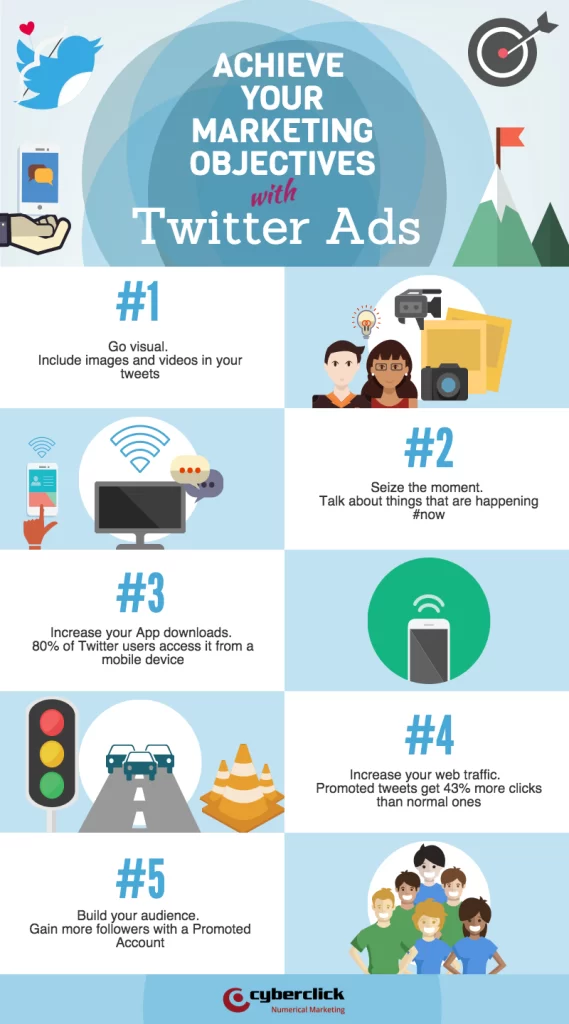
Twitter Ads provides advertising options to help brands execute and optimize influencer marketing campaigns. Here are some of the key ways to use Twitter Ads for influencer marketing:
1. Target Followers of Specific Handles
One of the most powerful ad targeting features is the ability to target the followers of specific Twitter handles.
For example, if you partner with a macro-influencer in the food space with 80,000 engaged followers, you can create Promoted Tweets and target their entire follower base. This helps you tap into an audience that already knows, likes and trusts that influencer.
2. Retarget Website Visitors
Once you drive traffic from an influencer’s audience to your website, you can set up Website Conversion tracking and retarget those visitors.
Create tailored ads to re-engage visitors that didn’t convert initially. For example, you could reach out with special discount offers or personalized product recommendations.
3. Amplify Influencer Content
When an influencer tweets about your brand or shares your Content, amplify it further with Twitter Ads.
You can promote their tweet as a standard tweet or amplified tweet. Or you can retweet it from your brand account and promote the retweet. This expands the reach to new audiences.
4. Promote Hashtag Campaigns
Coordinate hashtag campaigns with your influencers to drive awareness.
For example, you could create a custom-branded hashtag like #FoodieDestination and encourage influencers to share photos and stories about your product. Promote the hashtag and influencer content with Promoted Tweets.
5. Sponsor Influencers’ Profiles
You can promote influencers’ Twitter profiles to gain more exposure through Twitter’s branded profile sponsorships. Their followers will see your brand prominently displayed on the influencers’ profiles.
6. Promote User Generated Content
Leverage your influencers to generate visual UGC (user-generated Content) featuring your product. Then, use Twitter’s conversational or collection ads to promote their Content. Showcasing UGC performs well as it provides authentic peer recommendations.
7. Promote Community Conversations
Monitor hashtag and @mention conversations related to your campaign and product. When you spot positive commentary from influencers, amplify it with Promoted Tweets. Sharing community conversations shows authenticity.
8. Tailor Campaigns to Objective
Twitter Ads offers campaign objective options, including Tweet engagements, Followers, Website clicks/conversions, App installs, Video views, etc. Choose objectives based on your influencer campaign goals.
For example, if driving website traffic is the priority, optimize for Website Clicks. To grow followers, optimize for Followers.
9. Optimize Based on Performance
Constantly optimize your Twitter Ads and targeting based on performance. Assess which influencer content, audiences and placements drive the highest engagement and conversion rates.
Double down on what works and pause underperforming elements. Take advantage of Twitter’s powerful optimization capabilities.
10. Promote Reviews and Testimonials
Ask satisfied influencer partners to share video testimonials or reviews about your brand. Promote their endorsements as Twitter Ads to build credibility and trust.
As you can see, Twitter Ads offer numerous options for powering up influencer marketing campaigns. Keep reading for more tips on executing successful campaigns.
6 Steps to Execute an Influencer Twitter Ads Campaign
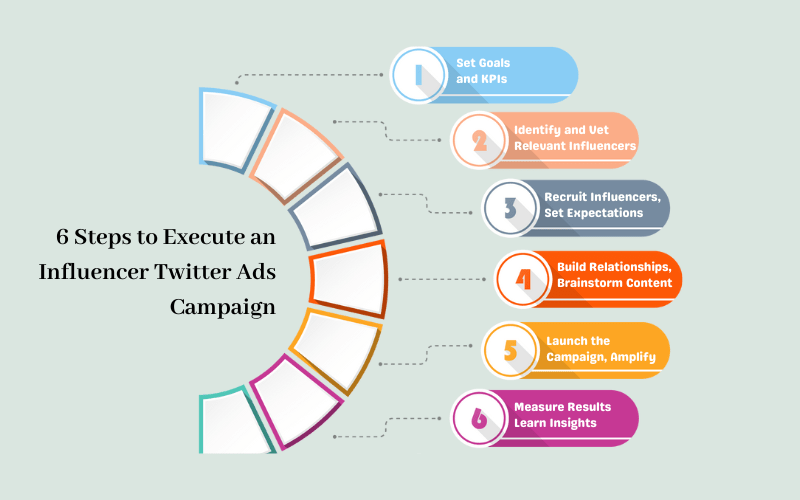
Here is a step-by-step process to plan and launch effective influencer marketing campaigns with Twitter Ads:
Step 1: Set Goals and KPIs
Start by setting specific goals and KPIs (key performance indicators) to measure the success and ROI of your campaigns. Common goals include:
- Generate 10,000 visits from influencer audiences
- Achieve 5X ROAS (return on ad spend)
- Gain 2,000 new followers
- Get 1,000 link clicks
- Increase brand mentions by 30%
Define concrete metrics to track performance against these goals.
Step 2: Identify and Vet Relevant Influencers
Conduct research to identify influencers that align with your brand and target audience. Explore relevant topics, keywords and hashtags.
Use tools like BuzzSumo, Klear, Traackr and Followerwonk to discover influencers and analyze their engagement. Study their Content and audience to ensure a strong match.
Vet potential influencers to confirm their authentic, engaged audience and positive brand associations. Verify their followers are real humans, not bots.
Step 3: Recruit Influencers and Set Expectations
Once you’ve identified promising influencer partners, reach out to them. Please explain why you think they are a great fit to work with your brand. Provide background on your products, brand mission and target demographics.
If they express interest, move forward to negotiate compensation, campaign deliverables and timelines. Transparency about expectations is key. Ensure influencers fully understand campaign goals and what metrics determine success.
Common compensation models include paying a flat campaign fee, paying per post, giving free products or discounts, donating to a cause they support, etc.
Step 4: Build Relationships and Brainstorm Content
Make an effort to build genuine connections and relationships with the influencers you partner with. Have real conversations to get to know them better and understand the type of Content they like to create.
Collaborate to brainstorm fun, creative content ideas that resonate with their followers and feel natural for the influencer. Give them room to infuse their flair.
Step 5: Launch the Campaign and Amplify
Launch your influencer Twitter Ads campaigns once you’ve agreed on content calendars and deliverables. As influencers share branded posts, leverage Twitter Ads to amplify further and target their Content.
Monitor campaigns in real-time and optimize based on performance. Spot-check Content to ensure proper branding, messaging and disclosure.
Step 6: Measure Results and Learn Insights
Analyze campaign data and reporting to see your performance against your success metrics. Review engagement rates, clicks, conversions, impressions and other KPIs.
Discuss what worked well and where there’s room for improvement. Gather feedback from the influencers on their experience. Apply learnings to future campaigns.
You can execute high-impact Twitter ad campaigns by following these steps and collaborating closely with influencers.
Twitter Ads Targeting Options for Influencer Marketing
One of Twitter Ads’ greatest strengths is its powerful targeting capabilities. Let’s explore some of the valuable targeting options for influencer marketing campaigns:
Follower Look-Alikes
Using this feature, you can target new users similar to the followers of specific Twitter handles. This helps expand your reach to new audiences with common interests and characteristics.
For example, you could target people similar to followers of influencers in your campaign or similar to your followers.
Interests and Keywords
Target users based on their inferred interests and the keywords they tweet or engage with. So, if you’re running a food influencer campaign, you could target interests like cooking, healthy eating, foodies, etc.
Tailored Audiences
You can build custom audiences based on your CRM data, website visitors, app users, email lists, etc. Then, target tailored ads to people on those lists.
For example, you could retarget people who engaged with an influencer’s post linked to your website.
Location
Target users by country, region, metro area, and even down to the radius around a postal code. Useful for local influencer campaigns or location-based targeting.
Platform and Device
You can target ads specifically to iOS, Android, desktop, tablet, etc. Test which devices perform best.
Followers of Other Handles
As mentioned earlier, one of the most effective tactics is targeting the followers of specific influencer handles. This ensures your ads are seen by audiences that already know and trust those influencers.
Use the robust targeting options to ensure your ads reach the ideal audiences for each campaign.
Best Practices for Influencer Marketing with Twitter Ads
Here are some top best practices to maximize success when running influencer marketing campaigns with Twitter Ads:
Authenticity is Key
The Content influencers create must feel authentic to their brand. Don’t dictate overly promotional messaging. Let their unique voice shine through.
Balance Branded and Non-Branded Content
Influencers should share a mix of branded and non-branded Content. Audiences will be turned off if their feed becomes a constant branded sales pitch.
Use Images and Video
Tweets with images see 2X more engagement than text-only tweets. Short videos also perform extremely well. Provide visual assets to influencers.
Disclose Partnerships
Influencers must properly disclose partnerships per FTC guidelines. Promoted tweet labels aren’t sufficient. Include #ad or #sponsored in captions.
Don’t Over-Promote
Avoid having multiple influencers repeatedly promote the same product. This comes across as disingenuous. Space out promotions and varied Content.
Monitor Closely
Actively track campaign performance and listen for social feedback. Make sure influencers are meeting content requirements. Address any issues immediately.
Show Behind-the-Scenes
Audiences love exclusive, insider content. Encourage influencers to share BTS photos/videos from campaigns and product experiences.
Adjust Based on Performance
Continuously optimize targeting, bids and creativity based on data. Pause low-performing tweets/handles. Pursue high-converting placements and audiences.
Focus on Long-Term Partnerships
One-off campaigns have minimal impact. Seek out long-term influencer partners you can build lasting relationships with.
These best practices will lead to genuine, engaging influencer content and mutually beneficial partnerships.
Real Brand Examples Using Twitter Ads for Influencer Marketing
Here are some real brand examples that effectively used Twitter Ads to boost influencer marketing campaigns:
Case Study: Benefit Cosmetics
Goal: Promote new brow collection
Strategy: Partnered with 20 beauty influencers to create a customized hashtag #BrowVo. Influencers shared Twitter posts showcasing the products. Benefit promoted the #BrowVo hashtag and amplified branded and UGC posts.
Results: Reached 30 million Twitter timelines, with 11 million video views. #BrowVo received 34,000 hashtag uses.
Case Study: BMW
Goal: Increase brand awareness
Strategy: Worked with motorsports influencers to produce video reviews and test drives featuring new BMW models. They promoted the influencer videos with Twitter Ads.
Results: Earned 4 million organic impressions, with videos being watched over 750,000 times. The ads helped grow BMW’s Twitter following by 72%.
Case Study: Starbucks
Goal: Promote new holiday beverages
Strategy: Recruited influencers to create holiday drink recipes using Starbucks products. They promoted these recipe tweets and tutorials to drive awareness.
Results: Top-performing influencer tweet earned over 5,200 retweets and 10,800 likes, expanding the campaign’s reach.
As you can see from these examples, Twitter Ads can significantly amplify branded influencer content and help achieve campaign goals.
Tracking Performance of Influencer Twitter Ads
To determine the true success of influencer marketing campaigns on Twitter, it’s crucial to implement tracking and analyze performance data. Here are key metrics to monitor:
- Impressions: Number of times your ads were served
- Engagement rate: Likes, retweets, clicks, etc., divided by impressions
- Link clicks: Clicks on links within tweets
- Hashtag mentions: How often your campaign hashtag was used
- Website clicks: Clicks from Twitter to your site
- Conversions: Sign-ups, purchases from site traffic
- Follower growth: How many new followers have you gained
- Click-through-rate: Clicks divided by impressions
- Return on ad spend: Revenue generated from ads divided by cost
- Brand mentions: How often your brand was mentioned
Compare metrics before, during, and after campaigns to quantify impact. Track the campaign, ad group, and keyword level to see the most effective messaging and targeting.
Use analytics platforms like Twitter Ads Manager, Google Analytics, Sprout Social, Simply Measured, etc., to monitor and report on data.
Continuously optimize based on performance metrics to improve future campaign success.
Challenges of Influencer Marketing on Twitter
While Twitter Ads present exciting opportunities for influencer marketing, there are also some potential challenges to be aware of:
Fake followers and bots
Some influencers artificially inflate follower counts with purchased fake followers. Focus on genuine engagement metrics.
Over-commercialization
Too many promoted posts from influencers appear inauthentic. Ensure a balance of branded and non-branded Content.
Ad blockers
Ad blockers can block Twitter Ads. Utilize organic influencer posts when possible.
Budget
Influencers may charge hefty fees. Work with micro-influencers to get more bang for your buck.
Disengaged audiences
Not all followers actively see an influencer’s tweets. Monitor engagement rate closely.
Measuring ROI
Quantifying the monetary return on influencer campaigns can be tricky. Set clear conversion goals.
With proper planning and optimization, you can overcome these challenges and achieve Twitter influencer marketing success.
The Future of Influencer Marketing with Twitter Ads
Looking ahead, here are some key trends that will shape the future of influencer marketing on Twitter:
Micro and Nano-Influencers Gain Traction
Followers are craving authenticity and personal connections. Smaller niche influencers will see increased brand partnerships.
Video Content Explodes
Video storytelling helps influencers make emotional connections with audiences. Short-form video ads will thrive on Twitter.
Live-Streaming Offers Immediacy
Twitter Live and live-streaming allow for real-time engagement between influencers and followers. Brands can sponsor live videos or product unboxings.
More Performance-Based Compensation
Rather than fixed fees, influencer pay will shift towards compensation based on campaign performance and conversions.
Celebrity Influencers Connect with Fan Bases
Celebrities with loyal Twitter fan bases will partner with brands seeking mainstream reach. Media personalities will monetize their audiences.
Metrics and Data Analysis Matures
As influencer marketing evolves, brands will develop more standardized ways to quantify and analyze campaign impact.
Focus on Long-Term Relationships
One-off influencer partnerships will decrease. Brands will cultivate long-term relationships for more authentic storytelling.
Regulation Increases
Stricter FTC disclosure requirements will be enacted. Ethics around influencers marketing to children will be examined.
The influencer marketing landscape is constantly changing. Brands that adapt and find new ways to leverage Twitter Ads will see continued success connecting with the right audiences.
Frequently Asked Questions (FAQs)
Here are answers to some commonly asked questions about influencer marketing with Twitter Ads:
-
How much should I pay influencers?
Influencer pay varies greatly depending on their following size, content quality, and campaign involvement. Micro-influencers often charge $50 – $250 per sponsored post. Celebrities may charge over $10K+. Gauge fair rates based on an influencer’s true reach and production requirements.
-
How do I stand out pitching influencers?
Personalize your pitch and explain why you’re a fan of their content. Provide detailed information on proposed campaigns and make sure expectations are clear. Highlight what makes your brand and products worth featuring.
-
What image/video specs do I need?
Twitter recommends 1080 x 1920 pixel images and videos under 2:20 minutes long. Shoot high-quality photos/videos that look good and small on mobile feeds. Provide content in formats natively supported by Twitter.
-
How many influencers should I partner with?
There’s no perfect number – it depends on your budget and campaign scope. Work with enough influencers to reach your goals but not too many that the campaign feels disjointed. Quality over quantity.
-
What are influencer marketing contract must-haves?
Contracts should include campaign period, content expectations, usage rights, payment terms, cancellation policies, disclosure requirements, and analytics access. Protect yourself legally.
-
Should I work with an agency?
An experienced influencer marketing agency can help with influencer identification, relationship building, campaign management, and reporting. Consider if you have the in-house bandwidth to take this on yourself.
Influencer marketing on Twitter has enormous potential but requires strategy and commitment. Your brand can build fruitful influencer relationships that deliver amazing results by leveraging Twitter Ads effectively.

